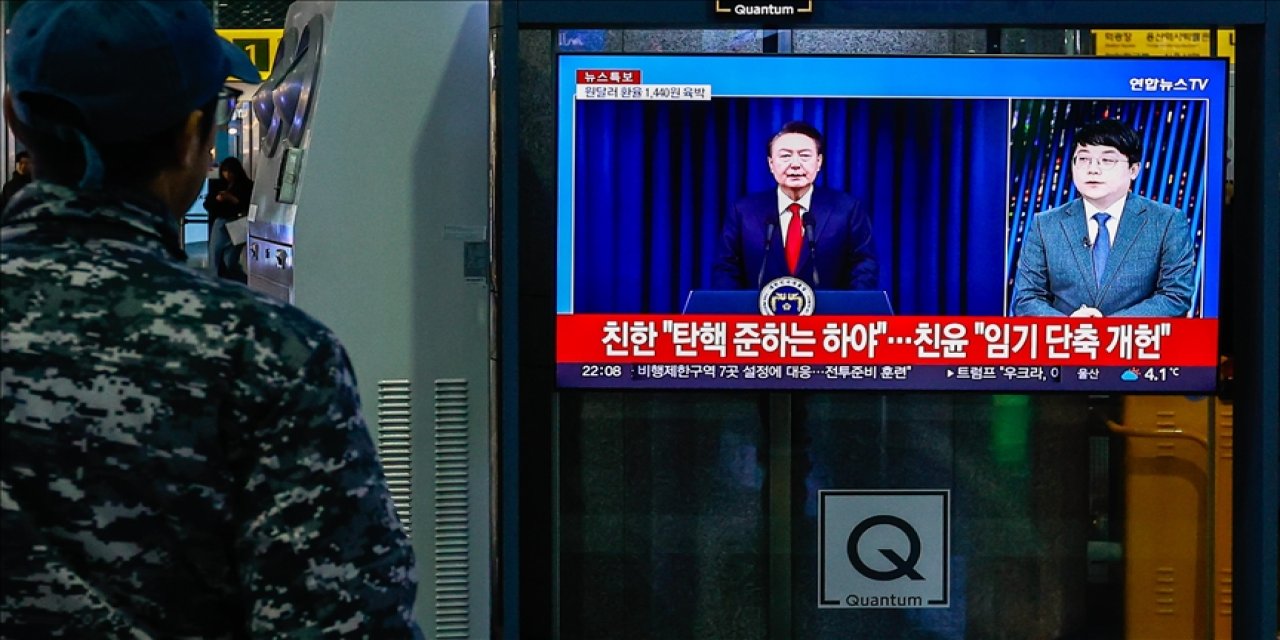Deadly military aircraft crashes in India
Over past 5 years, India loses 34 aircraft, mostly Russian-made MiG planes, and 7 helicopters in different accidents

The tragic death of India's Chief of Defense Staff Gen. Bipin Rawat and his wife in a helicopter crash Wednesday has once again brought to the light the frequent air accidents involving military aircraft in the country.
Over the past five years, India has lost 34 aircraft, mostly Russian-made MiG planes, and seven helicopters in different accidents.
Replying to a question in parliament in March 2020, Defense Minister Rajnath Singh said from 2016 to 2019, the country had lost 25 aircraft and four helicopters.
The planes which met accident included 10 MiG, three Sukhoi multirole fighter aircraft, four Jaguar jets, two transport planes, and six trainer aircraft.
Over the past two years from 2020 to 2021, India lost another nine aircraft and seven helicopters, according to data available on open sources.
In 2013, then Defense Minister A.K. Antony said that since 1963, as many as 482 MiG-21s had been involved in accidents leading to the death of 171 pilots, 39 civilians, and eight personnel from other services.
According to the database of Bharat-Rakshak.com – an aviation website, there have been 58 aviation accidents since 2016 involving all arms of the military — Indian Air Force, Navy, Army, and Coast Guard.
A day after the 2019 Balakot airstrike when Indian warplanes crossed the Line of Control (LoC) in the disputed Kashmir region and dropped bombs on the Balakot city in Khyber Pakhtunkhwa province in Pakistan, an Indian Air Force helicopter crashed in the Budgam district of Kashmir. Three people, including two pilots, were killed in the crash. An inquiry later found the helicopter was targeted in friendly fire.
In 2004, India’s Defense Ministry constituted an expert committee to identify the root cause of aircraft accidents and to prepare a comprehensive action plan.
The committee, which finalized its report in May 2005, recommended a revamp of the Aerospace Safety Organization and executive independence of the Aerospace Safety Branch.
According to the ministry, the training methodology of aircrew and technicians has been reviewed since then to minimize accidents with the induction of new basic trainers and advanced jet trainer planes.
It claimed that with the induction of trainer planes and simulators, there has been a marked reduction in accidents at all levels, adding that the aviation psychology module is being further tested to check human errors in accidents.















Türkçe karakter kullanılmayan ve büyük harflerle yazılmış yorumlar onaylanmamaktadır.